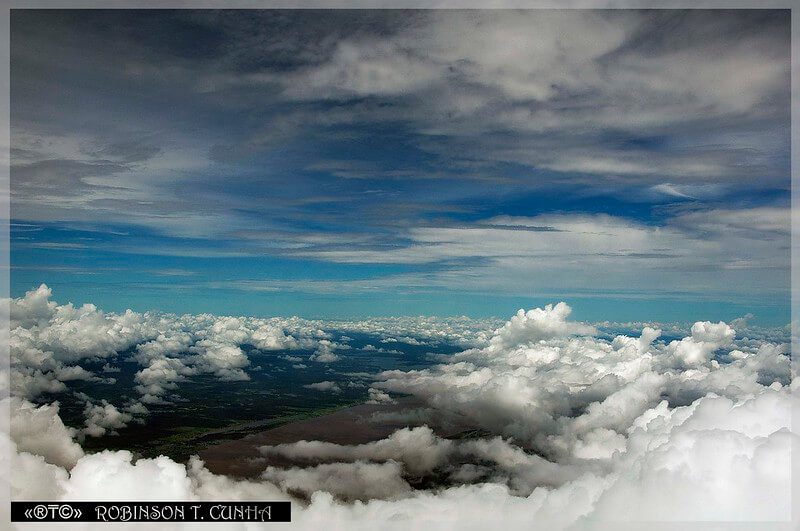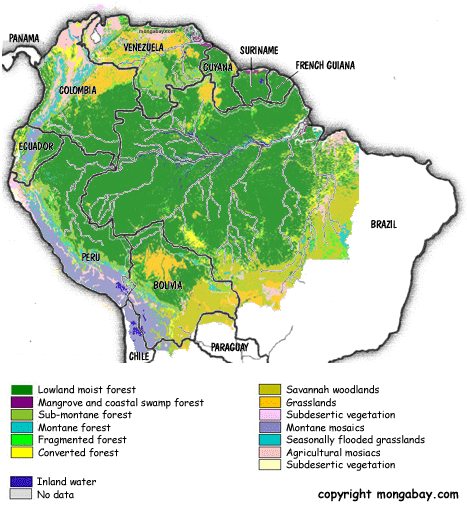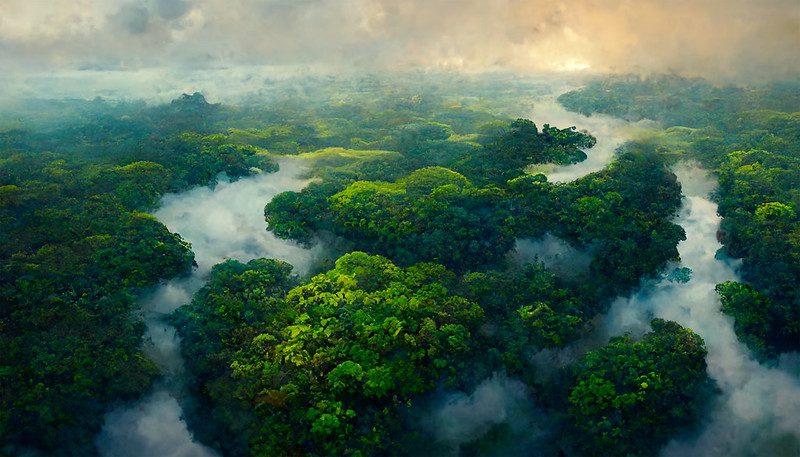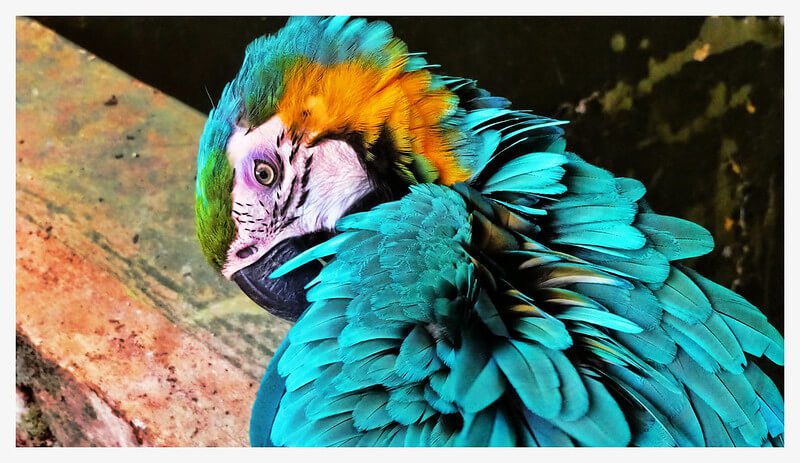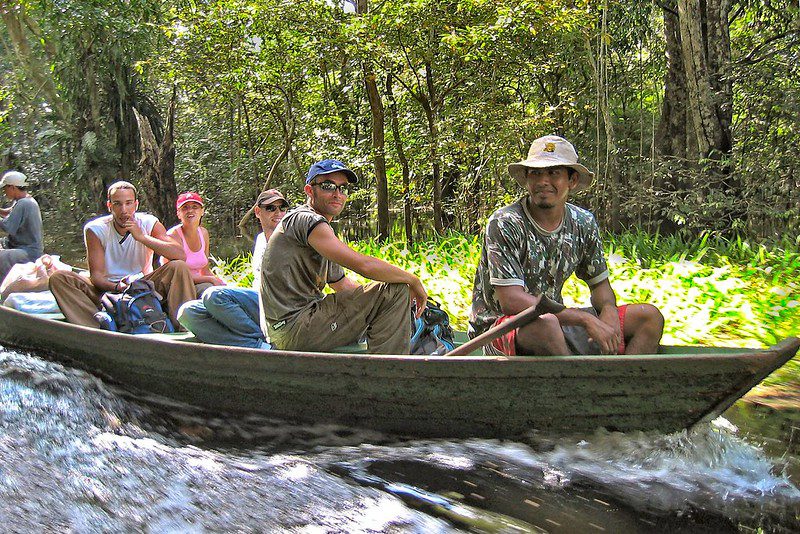The Amazon Rainforest is the most biodiverse land ecosystem on Earth. It is home to millions of animal species, many of which exist nowhere else. From apex predators like jaguars to tiny, brightly colored frogs, the animals of the Amazon Rainforest offer an astonishing glimpse into nature’s creativity and complexity.
In this comprehensive guide, we explore the fauna of the Amazon, list top 10 Amazon animals, provide an A–Z inventory, and highlight tropical and cute rainforest animals, alongside curious and unusual wildlife facts that define this extraordinary biome.
🌳 Amazon Rainforest Fauna: A Biodiversity Powerhouse
What Makes Amazon Fauna Unique?
The Amazon Rainforest fauna is unmatched in its diversity, density, and uniqueness. The warm, humid, and lush environment creates a perfect sanctuary for animals of all sizes—from mammals to amphibians, birds, fish, and insects.
Key Highlights:
- Over 400 mammal species
- More than 1,300 bird species
- Roughly 500 amphibian species
- Over 3,000 species of fish
- More than 2.5 million insect species
This biodiversity isn’t spread evenly—some regions have higher concentrations due to microclimates, river systems, or unique forest layers.
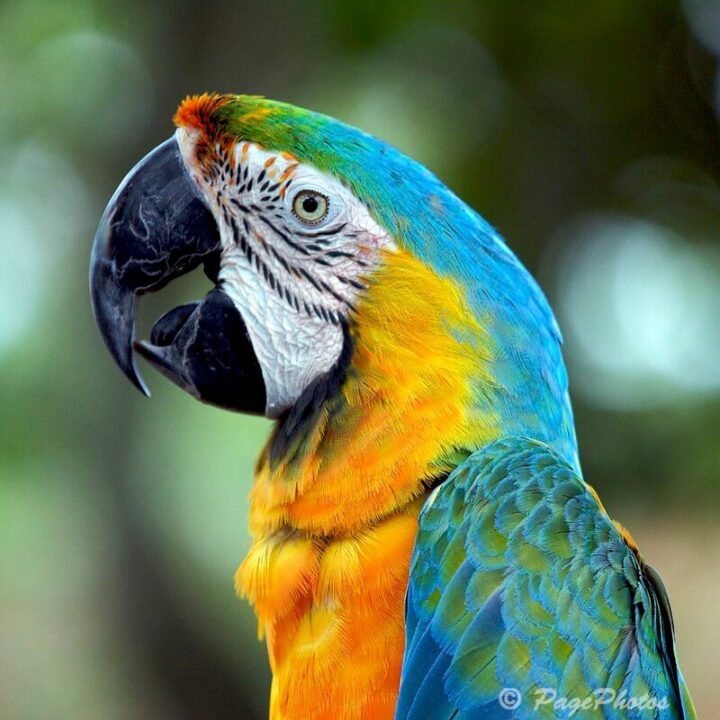
🐅 Animals of the Amazon Rainforest: Grouped by Habitat Layer
Understanding Amazon Rainforest Animal Zones
The Amazon is vertically stratified into layers: emergent, canopy, understory, and forest floor. Each layer hosts specific animal communities with unique adaptations.
Emergent Layer:
- 🦅 Harpy Eagle: One of the strongest birds of prey.
- 🐒 Howler Monkeys: Known for their deep, resonating calls.
Canopy Layer:
- 🐍 Emerald Tree Boa: Blends perfectly with thick foliage.
- 🐸 Red-eyed Tree Frog: Master of camouflage and color.
Understory:
Forest Floor:
- 🐜 Bullet Ant: Delivers the most painful insect sting.
- 🐢 Yellow-spotted River Turtle: Seen along riverbanks.
This vertical layering means species rarely compete directly for resources and contributes to high species density.
🏆 Top 10 Animals of the Amazon
Amazon Rainforest’s Most Iconic Creatures
From fearsome predators to colorful marvels, here are the top 10 animals of the Amazon Rainforest you must know:
- Jaguar – Apex predator and largest cat in the Americas.
- Sloth – Slow-moving, tree-dwelling mammals with algae-coated fur.
- Amazon River Dolphin – Pink freshwater dolphin with echolocation.
- Poison Dart Frog – Vibrant and dangerously toxic.
- Anaconda – One of the world’s largest and heaviest snakes.
- Macaw – Brilliant parrots with high intelligence and loud calls.
- Capybara – World’s largest rodent; friendly and semi-aquatic.
- Piranha – Sharp-toothed fish with a reputation for aggressive feeding.
- Tapir – Herbivore with a prehensile snout, vital to seed dispersal.
- Harpy Eagle – Large raptor with enormous talons and keen vision.
Each of these species plays a key role in ecosystem balance and biodiversity.
🔤 Rainforest Animals List A–Z
A Comprehensive A-to-Z Guide of Amazon Wildlife
Here’s an alphabetical sampling of rainforest animals, showcasing the diversity of species found in the Amazon:
- A – Anaconda
- B – Bullet Ant
- C – Capybara
- D – Dart Frog
- E – Electric Eel
- F – Falcon
- G – Giant Otter
- H – Harpy Eagle
- I – Iguana
- J – Jaguar
- K – Kite (bird of prey)
- L – Leafcutter Ant
- M – Macaw
- N – Night Monkey
- O – Ocelot
- P – Piranha
- Q – Quail (rare species)
- R – River Dolphin
- S – Sloth
- T – Tapir
- U – Uakari Monkey
- V – Vampire Bat
- W – Wattled Jacana (bird)
- X – Xingu River Ray
- Y – Yellow-footed Tortoise
- Z – Zebra Pleco (a striped catfish)
This list illustrates the alphabet soup of species in one of the most dynamic ecosystems on Earth.

🌴 Rainforest Animals and Plants: Interconnected Life
Symbiotic Relationships Between Flora and Fauna
The animals of the Amazon are deeply tied to its rainforest plants, forming a complex network of mutual survival.
Examples of Interdependence:
- 🐒 Monkeys eat fruit from trees and spread seeds via droppings.
- 🐜 Leafcutter ants cultivate fungus on chewed leaves—agricultural behavior.
- 🦋 Butterflies feed on tree sap, while helping pollinate flowers.
- 🐍 Snakes hide in epiphytes to ambush prey.
Plants provide shelter, food, and oxygen, while animals contribute to pollination, seed dispersal, and population control—showcasing an exquisitely balanced ecosystem.
🐶 Cute Rainforest Animals: Adorable Amazonian Creatures
The Softer Side of the Jungle
While the Amazon is full of fierce predators, it’s also home to some of the world’s cutest animals, charming both scientists and visitors alike.
Cutest Rainforest Animals:
- 🦥 Baby Sloths: Cuddle in treetops with sleepy expressions.
- 🐒 Pygmy Marmoset: The world’s smallest monkey.
- 🐀 Agouti: A shy rodent that looks like a forest guinea pig.
- 🦎 Glass Frog: With translucent skin, revealing its tiny heart.
- 🐸 Monkey Frog: Wide-eyed and no larger than a coin.
These creatures capture the heart while also serving essential ecological roles like insect control and plant propagation.
☀️ Tropical Rainforest Animals: Defined by Climate
Adaptations to Warm, Humid Environments
Tropical rainforest animals, like those in the Amazon, have evolved to survive intense rainfall, high humidity, and dense foliage.
Key Adaptations:
- 🐾 Webbed feet or prehensile tails for movement in water or trees.
- 🌡️ Color-changing skin (as in chameleons or frogs) for camouflage.
- 🧬 Enhanced senses: Bats use echolocation; snakes sense body heat.
- 💧 Water-resistant fur or skin to cope with constant dampness.
The consistent climate encourages year-round breeding, fast life cycles, and dense population dynamics.
🖼️ Rainforest Animals Photos: Nature’s Art in Motion
Visual Diversity of Amazonian Wildlife
While words describe the jungle, photos of rainforest animals bring it vividly to life. Each animal is an artwork of evolution, with colors, patterns, and forms as varied as a coral reef.
Most Photogenic Rainforest Animals:
- 🦜 Scarlet Macaw – Rainbow-feathered parrot.
- 🐸 Blue Poison Dart Frog – Neon-blue with jet black spots.
- 🐍 Green Tree Python – Coiled like emerald jewelry.
- 🦋 Blue Morpho Butterfly – Iridescent wings that shimmer in the sun.
- 🐾 Ocelot – Spotted feline with hypnotic eyes.
These animals aren’t just beautiful—they are vital symbols of conservation and biodiversity.
🔍 Interesting Facts About Amazon Animals
Weird, Wonderful, and Wildly Fascinating
The animals of the Amazon hold startling and surprising secrets—many of which scientists are only now discovering.
Fascinating Animal Facts:
- 🦇 Vampire bats share food by regurgitating blood to others in need.
- 🐍 Anacondas give birth to live young, unlike most snakes which lay eggs.
- 🐸 Some frogs hatch tadpoles from their backs.
- 🦦 Giant otters “chirp” and “whistle” to communicate like dolphins.
- 🐟 Electric eels can generate shocks up to 600 volts to defend or navigate.
These traits underscore how adaptive, strange, and specialized Amazon fauna can be.
🚨 Current Threats and Conservation of Amazon Animals
What’s Endangering the Fauna?
Despite their resilience, many Amazon animals are now endangered due to human activities.
Primary Threats:
- 🪓 Deforestation: Destroys habitats and isolates species.
- 🧪 Pollution: Pesticides and mining runoff affect water and food chains.
- 🛤️ Infrastructure: Roads fragment migration routes and increase poaching.
- 🔥 Climate Change: Alters rainfall and forest density, affecting entire ecosystems.
Over 2,300 species in the Amazon are now classified as threatened. Conservation programs and local community involvement offer hope for protection and restoration.
🧭 Conclusion: The Living Riches of Amazonian Wildlife
The animals of the Amazon are more than just exotic wonders—they are vital threads in Earth’s biological fabric. From the sky-slicing harpy eagle to the burbling pink river dolphin, each animal plays a role in a finely tuned ecological masterpiece.
As you explore the rainforest animals list from A to Z, marvel at photos, or learn odd facts, remember: the future of these creatures depends on global awareness and action.
The Amazon is not just the heart of South America—it is the heartbeat of the world.








